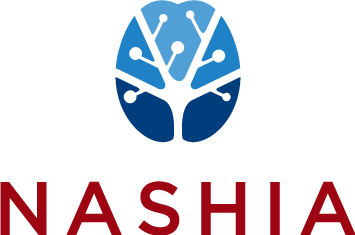Part One: CDC’s Response to the Opioid Overdose Epidemic, An Update Presented by the U.S. Centers for Disease Control and Prevention (CDC)
November 6, 2019
1.25 hours
Objectives:
1. CDC’s opioid work, including our historical work with states and what activities states are doing to combat the epidemic
2. CDC’s role in combatting the opioid overdose epidemic in alignment with other federal agencies
3. Potential connections between opioid overdoses and traumatic brain injuries
4. How state head injury administrators can collaborate with their state health departments to raise awareness of TBI related to opioid overdoses
Presenters:
Captain Matt Breiding, PhD
Traumatic Brain Injury Team Lead
CDCMichelle Putnam, Masters in Public Health
Policy and Partnerships Team Lead
CDC
Supporting Materials:
Part Two: The Intersection of Opioid Misuse and Disability – A Focus on Traumatic Brain Injury
November 21, 2019
1.0 hour
Objectives:
1. Outline a conceptual framework for how and why disability and opioid use disorder (OUD) may overlap.
2. Describe how traumatic brain injury is a risk factor for future OUD.
3. Understand how symptoms of traumatic brain injury can interfere with traditional substance use treatment approaches.
4. Identify recommendations that would improve care for people with traumatic brain injury who are in OUD treatment.
Presenters:
Rachel Adams, PhD
Scientist
Brandeis UniversityJohn Corrigan, PhD
Department of Physical Medicine and Rehabilitation
Ohio State UniversitySharon Reif, PhD
Senior Scientist
Brandeis UniversitySarah Ruiz, PhD
Program Officer
National Institute on Disability, Independent Living, and Rehabilitation ResearchThis webinar offers an overview of ACL/NIDLIRR’s efforts in this area, and the NIDLIRR-funded INROADS project at Brandeis University that is researching this intersection. The focus will be on traumatic brain injury – as a risk factor for opioid use disorders, as it affects OUD treatment engagement, and accommodations that can improve the likelihood of treatment success and recovery from OUD.
Questions? Contact training@nashia.org
